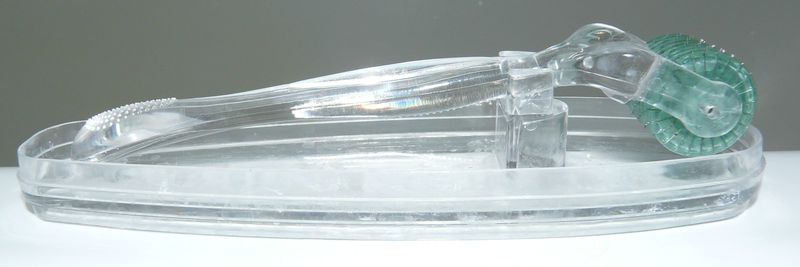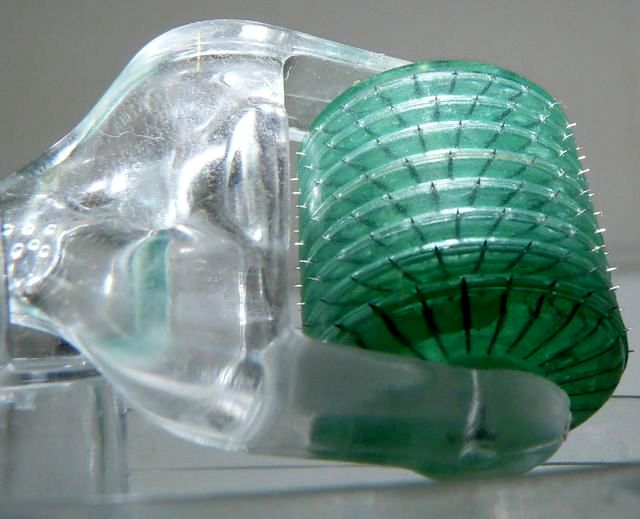The amputation and following surgeries left some scars on my body. Injuries during our lives also leave a mark. Sometimes even a minor wound turns into in nasty scar for the rest of our days.
Why do we get scars in the first place?
Once again, the answer is evolution. We are mammals, a very active species. We burn a lot of energy to sustain that activity, and that means we have to eat daily. On the other hand, most of mammals activities are focused on getting food daily. That’s a hard to break circle: if a lion or any other mammal predator has eaten extra to gain some fat, and thus doesn’t feel like chasing another prey, he will get no food. He lives off his fat for a while, until he loses all of it and is able to run fast again, and he just has to go hunting to survive. That’s why there is no obesity in the wild. And that is the reason while it’s so damn hard to lose weight for modern human: there’s just too much food you don’t have to run for at all. Physical evolution is way behind social one.
Any injury that renders a mammal less active prevents it from effectively getting food, thus endangering its very existence. That’s why it is crucial to heal any wound as fast as possible. While some creatures have enough time to fully regrow lost tissue, limbs and even organs, this process takes several weeks. Mammals can survive without food for a couple of days only, loosing healing effectiveness each day.
Evolution found a way to get around this, and that is scar tissue. Instead of regrowing of whatever cells are damaged, the injured area is quickly covered with generic fast-growing tissue. The purpose of this tissue is to protect that area and stop bleeding. Without that distraction, the mammal can get back to searching food.
Scars lack both function and blood supply of the original tissue. Blood is very important for regeneration as it caries all the building materials. While the wound bleeds, some cells are regrown. In fact there’s is a theory that key to regeneration is preventing the wound cicatrization.
Based on that theory, comes this device. This is a roller with dozens of microneedles. You’re supposed to roll it over scars a few times to help them smooth and eventually remove them.
How does it work? Essentially, it injures the wound once more, so that the body rushes blood to heal it. As the needles are tiny, they don’t leave more scars, and the blood regenerates some of the lost tissue. In theory, it is possible to completely remove scars that way.

But does it work? I got one myself. I was sceptical, and that’s why didn’t start to document healing process with photos, like I normally do. But I have to admit: it works. Of course you will probably never get default skin back, but devoted and disciplined microneedle rolling can significantly improve the look of your scars. For instance, rolling a scar from an axe blade that I got some twenty years ago, made it less in size. Moreover, some skin lines now go across it, making it look less nasty.

So, if you want to do something about all that scars on your body, go ahead and try a microneedle skin roller.
